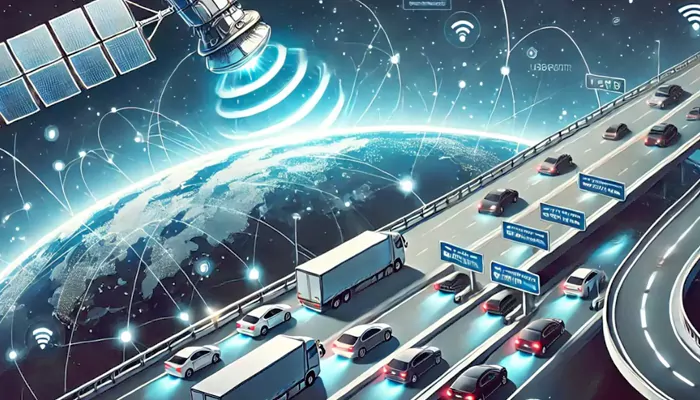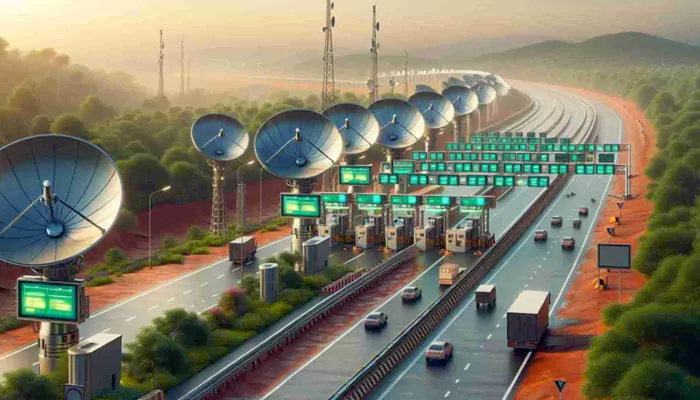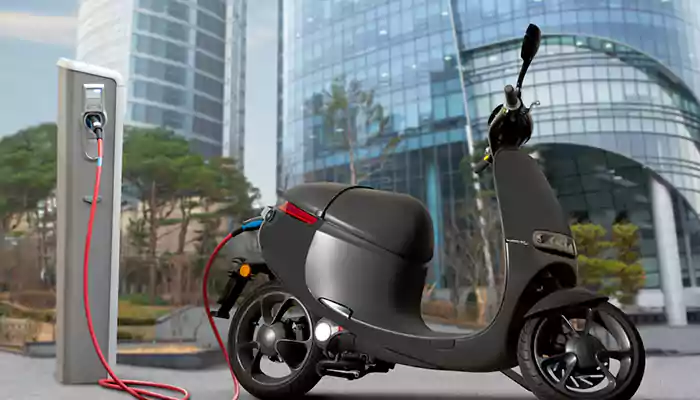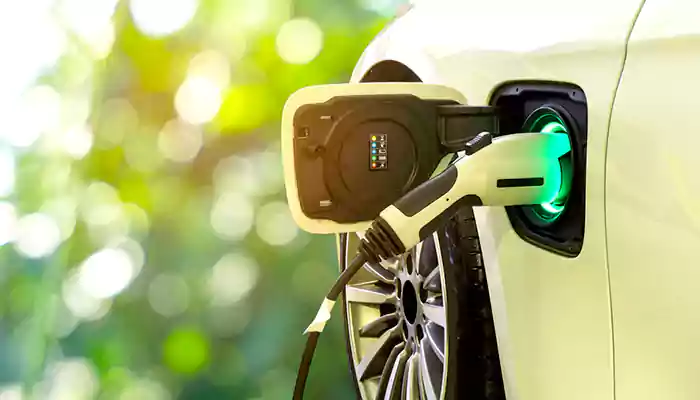India’s New GNSS Toll System: How Satellite Technology Will Transform Road Transport; Challenges and Opportunities Ahead
- Devyani
- 1 year ago
- 4 minutes read

The Ministry of Road Transport and Highways (MoRTH) announced in a notification that vehicles equipped with the Global Navigation Satellite System (GNSS) are eligible for a journey up to 20 kilometers per day in each direction on national highways and expressways without having to pay for toll charges. The Ministry amended the National Highways Fee (Determination of Rates and Collection) Rules, 2008, to introduce the GNSS-based electronic toll collection in India. The initiative focuses on easing congestion at highway toll plazas and administering toll charges depending on the real distance travelled.
The on-board unit (OBU) featured on the GNSS and specifically designed for collecting road tolls will be non-transferrable and permanently fitted in vehicles. Lanes exclusively designated for GNSS users cannot be used without the GNSS system enabled in vehicles. Doing so will result in a penalty of double the payment of regular toll charges. Vehicles equipped with valid OBUs can pass freely without the need to stop with the help of the GNSS system characterized by advanced equipment for identification, reading, and enforcement.
On July 2, under the National Highway Authority of India (NHAI), the Indian Highways Management Company Limited (IHMCL) issued a global tender for the advancement of free-flow GNSS lanes at toll plazas to enable GNSS-based toll collection. The tender process is yet to be finalized.
Against this backdrop, let's delve into GNSS tolling and how it can potentially enhance road transit in India.
GNSS Tolling: Simplifying Road Toll Collection Through Satellite Technology

By employing satellite signals for vehicle movement monitoring and calculation of toll charges, GNSS (Global Navigation Satellite System), which is widely used for various sectors like daily smartphone applications, maritime navigation, and disaster managment, can bring about a revolution in India’s toll collection. For GNSS to work, vehicles must be equipped with onboard units (OBUs) that transmit data to the satellite network, determining the distance traveled, and the entry and exit points. A Central system receives this data before calculating and billing toll.
Numerous stakeholders are involved in the GNSS-based tolling including NHAI, payment gateways, digital service providers, banks, and road operators. In contrast to RFID tags or physical toll booths, when a vehicle equipped with OBU passes through, the ‘virtual’ tollbooth feature of this system deducts toll fees depending on the actual distance traveled. This initiative brings down infrastructure costs, shoulders free-flow lanes, and can expand toll coverage beyond existing highways.
Several challenges, however, are associated with this initiative including the high cost of GPS units, maintenance, installation, and growing energy consumption.
Challenges and Opportunities of Implementing GNSS-Based Tolling in India

Several European nations like Slovakia, Hungary, Poland, Germany, Switzerland, Belgium, and Czechia have embraced the GNSS-based tolling system. The system was introduced by Switzerland in 2001 for vehicles weighing over 3.5 tons. Czechia, on the other hand, launched it recently in 2020 for heavy goods vehicles traveling on select roads and highways. Challenges like huge setup expenses, integration with current systems, maintenance of reliable satellite connections, and data privacy concerns emerged as these countries implemented GNSS-based tolling.
The introduction of GNSS-based tolling in India will be associated with similar challenges. However, these roadblocks can be overcome. For the calculation of tolls based on actual distances traveled, the initiation of powerful satellite coverage and precise mapping technology is essential. For tackling data privacy and location tracking concerns, public awareness campaigns are necessary. Users need to put money into on-board units (OBUs) for their vehicles. Along with this, users will need a supportive legal framework and an effective grievance redressal system.
Going forward, standardized procedures and prospective reimbursement strategies for concessionaires are required for the transition from FASTag-enabled lanes to GNSS. In the face of these challenges, the GNSS-based tolling holds the capacity to considerably ameliorate India’s toll road network.












